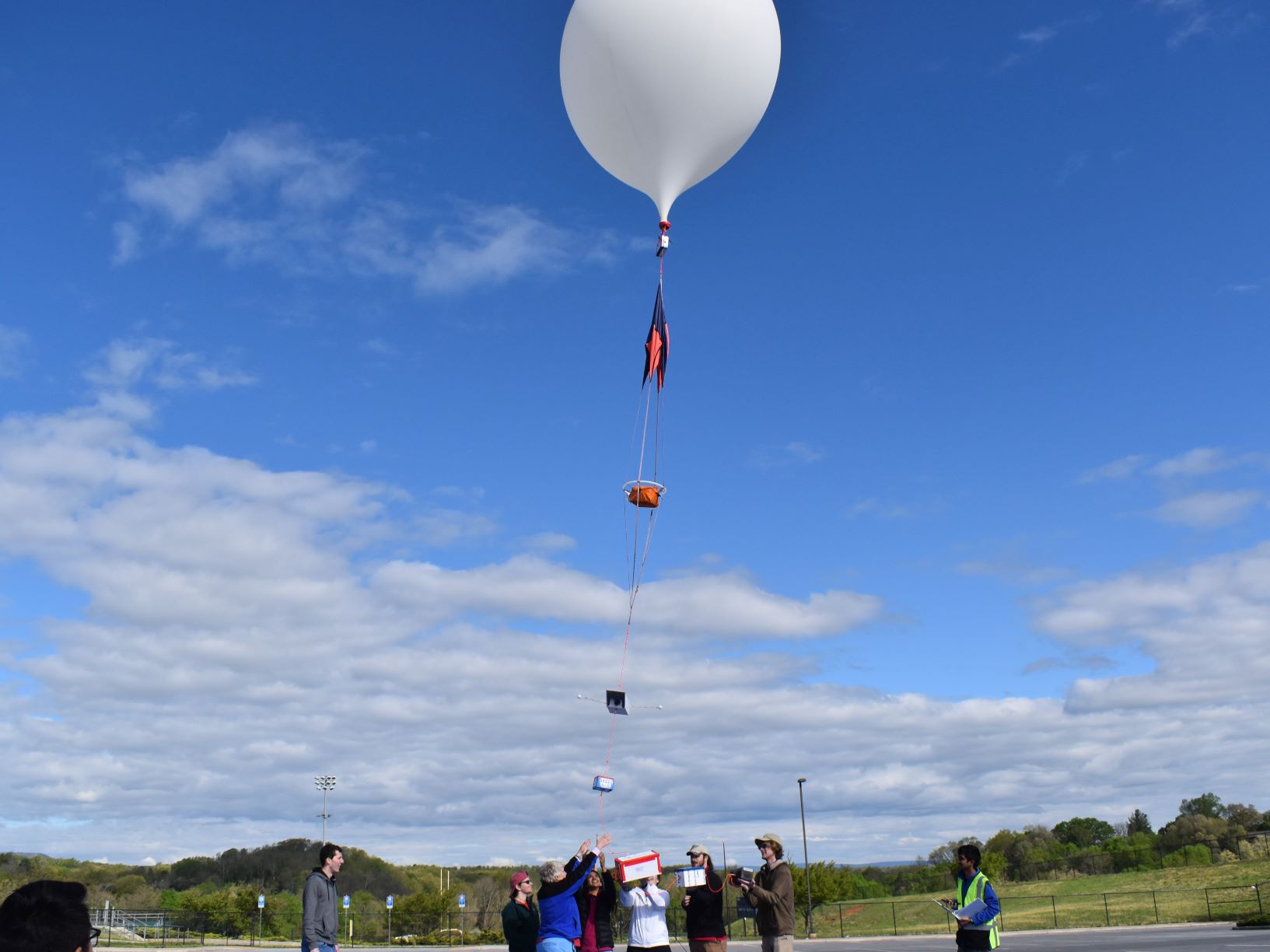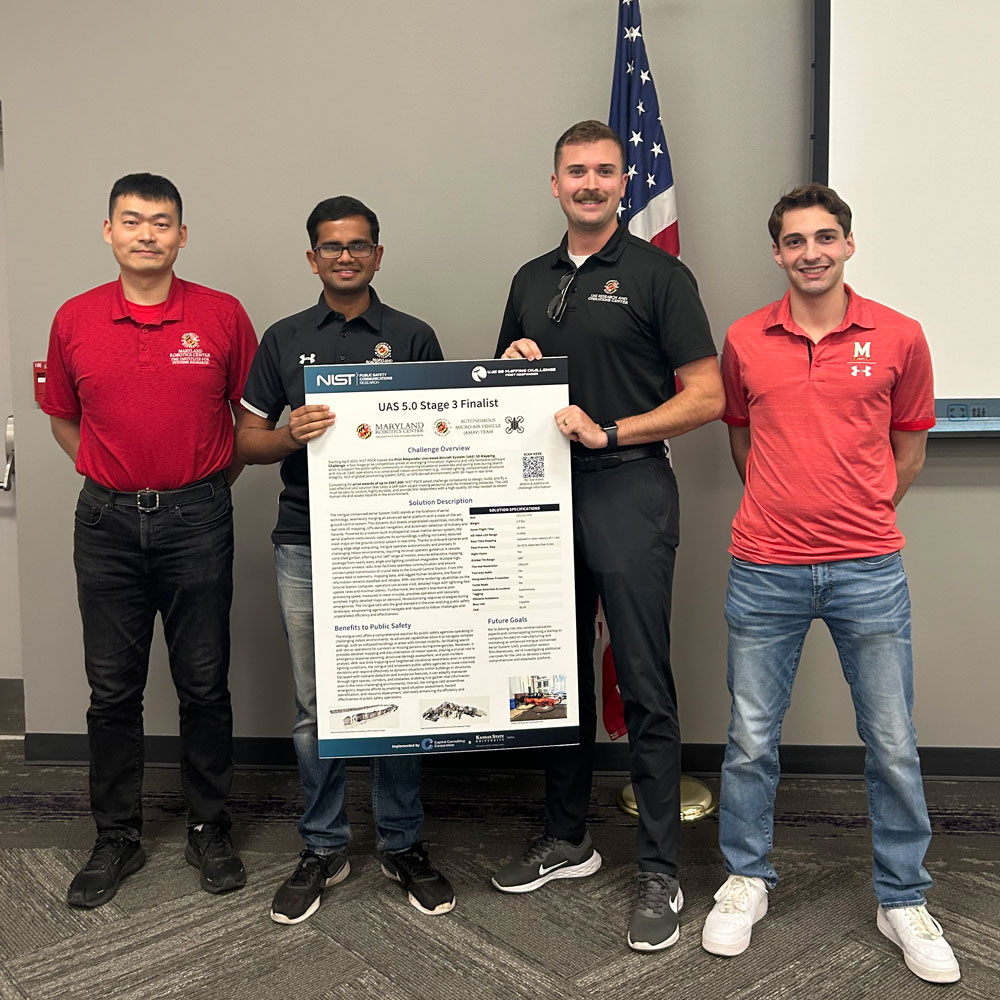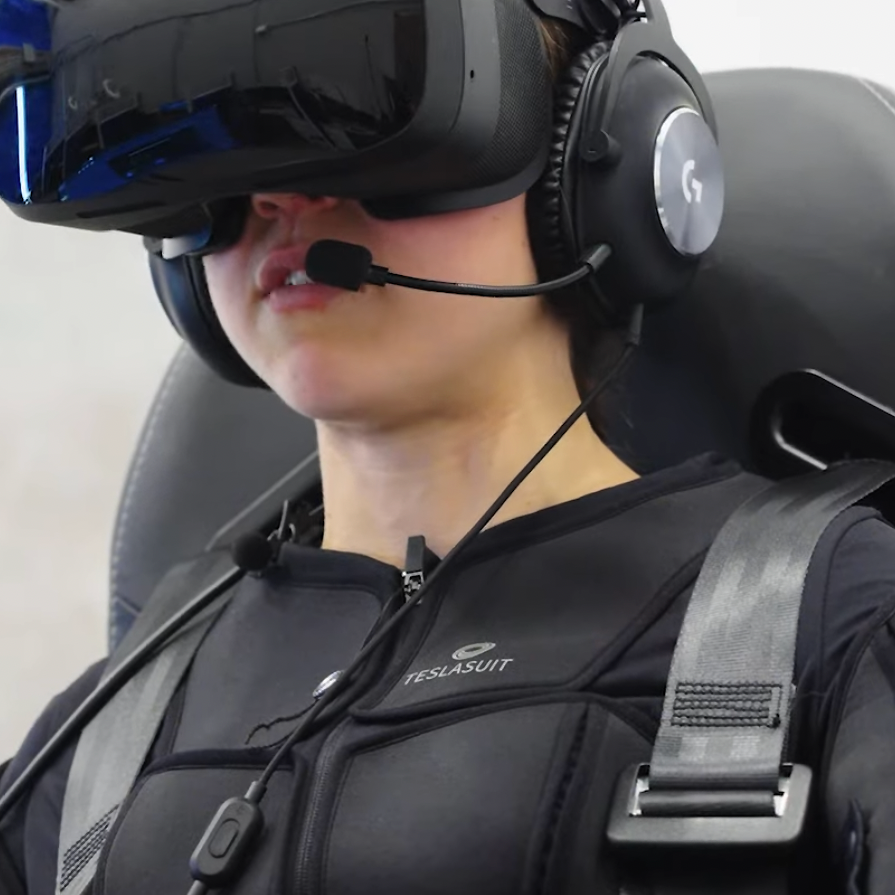News Story
UMD Eclipse Ballooning a Success
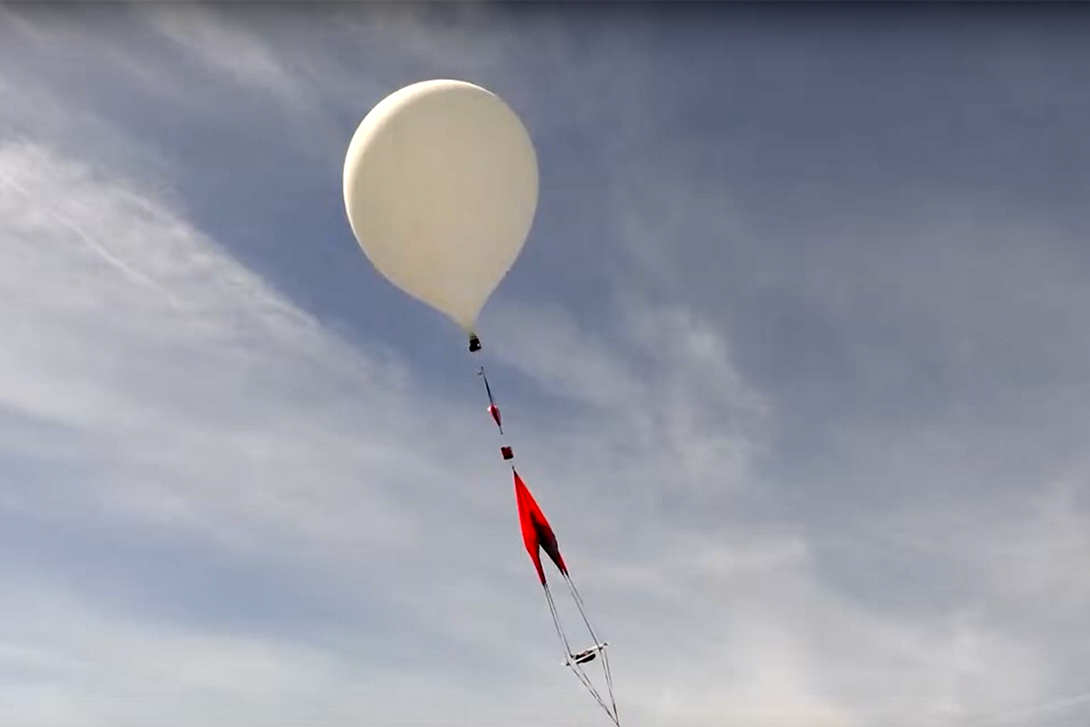
With millions across the country turning out to catch a view of the April 8 solar eclipse, University of Maryland (UMD) students successfully launched two balloons intended to gather valuable data during the rare event.
UMD’s Balloon Payload program, known as UMD Nearspace, was part of NASA’s Nationwide Eclipse Ballooning Project (NEBP), in which students from 75 colleges and schools gathered at locations along the path of totality to attempt launches. As part of the endeavor, around 30 undergraduates, two graduate students, and two faculty members, as well as friends, family, and enthusiasts, traveled to a site near Fort Wayne, Indiana. The launch was streamed live and can be viewed here.
Mary Bowden, the balloon payload program’s longtime director, often tells students that every launch is adventure—and Monday’s twin launches certainly came with their share of excitement.
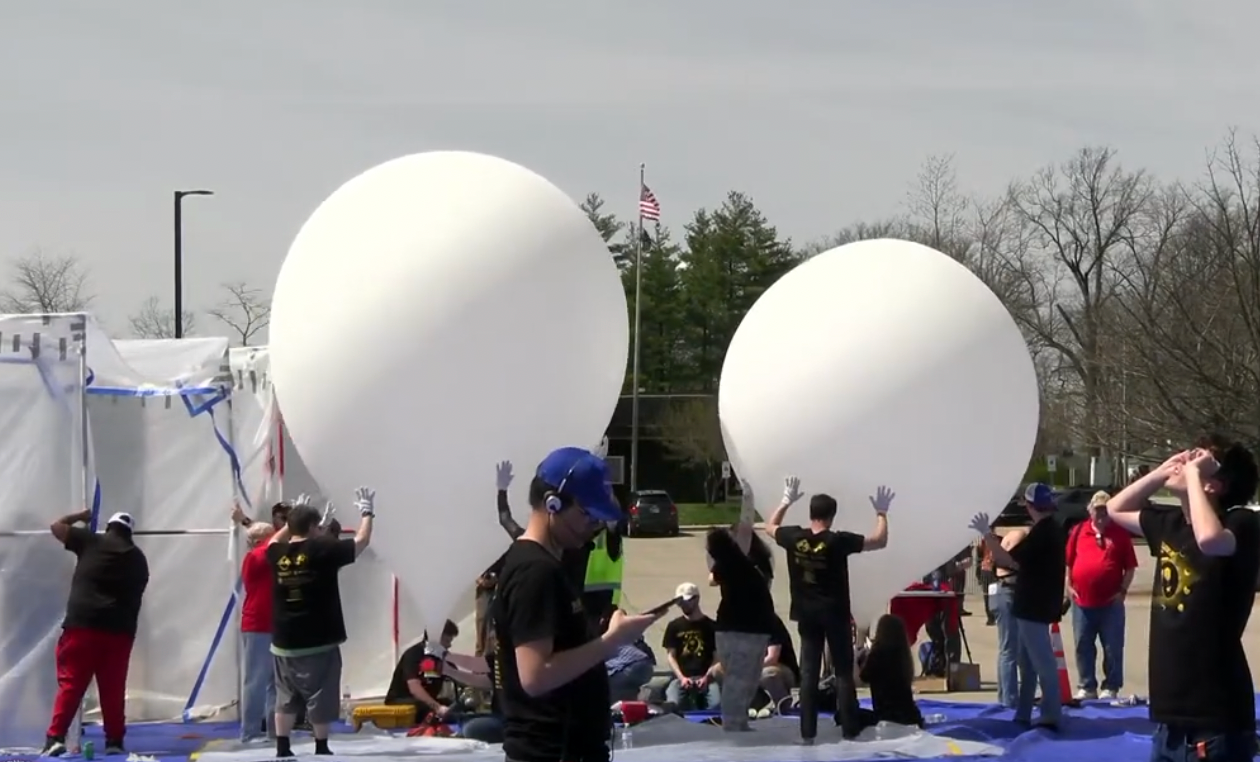 With gusty conditions prevailing at the Indiana launch site, the balloons threatened to escape a plastic structure meant to secure them, forcing students to hold onto them with their gloves. In the end, the balloons— one stocked with atmospheric sensors, and the other carrying a variety of UMD experiments— launched as intended, with launch director Daniel Grammer, a junior in UMD's aerospace engineering program, voicing satisfaction with the ascent rates.
With gusty conditions prevailing at the Indiana launch site, the balloons threatened to escape a plastic structure meant to secure them, forcing students to hold onto them with their gloves. In the end, the balloons— one stocked with atmospheric sensors, and the other carrying a variety of UMD experiments— launched as intended, with launch director Daniel Grammer, a junior in UMD's aerospace engineering program, voicing satisfaction with the ascent rates.
While astonishing humans and confusing birds, eclipses also offer a chance to track cooling and heating patterns, gleaning data that can improve weather predictions and climate modeling, and also showing how certain materials, including human-made metamaterials, behave in the changed conditions.
"The eclipse itself is kind of stirring up the atmosphere as it traverses across the country," Bowden told National Public Radio, which profiled the team earlier this month. "What we're looking for is the signature, or the effect, of the movement of the shadow."
Getting the balloons up there, and keeping them on track, during a short, precise time-window is a challenge, however—one which requires careful appraisal of the launch site, wind conditions, and the balloon’s trajectory. Among other variables, the team must correctly calculate the amount of helium needed to achieve sufficient lift as the balloon carries its precisely weighed payloads skyward. With the period of totality lasting under four minutes, there’s no margin for error.
In addition to careful planning, students on the team must be able to come up with on-the-spot workarounds when the plans go awry. Just as importantly, according to participants, they develop the ability to stay calm under pressure.
"One great thing you can learn from this program, which translates to space flight missions, is how to stay calm in stressful situations,” said UMD aerospace engineering senior Kruti Bhingradiya, a previous UMD Nearspace launch director, during the team’s livestream on Monday. “When the chaos ensues, you know it’s a launch for the history books!"
UMD Eclipse Ballooning in The News
"Hundreds of balloons go airborne to witness the eclipse from the edge of space," NPR, April 8, 2024
"Onn Eclipse Day, Hundreds of Students Will Send Up Balloons for Science," NPR, March 25, 2024
Published April 9, 2024
